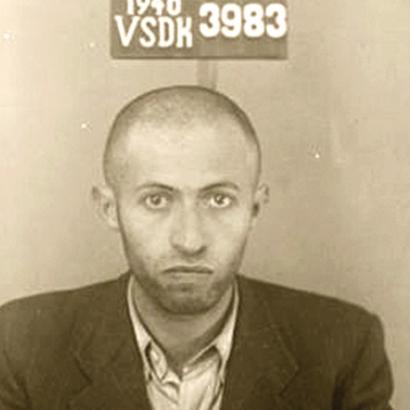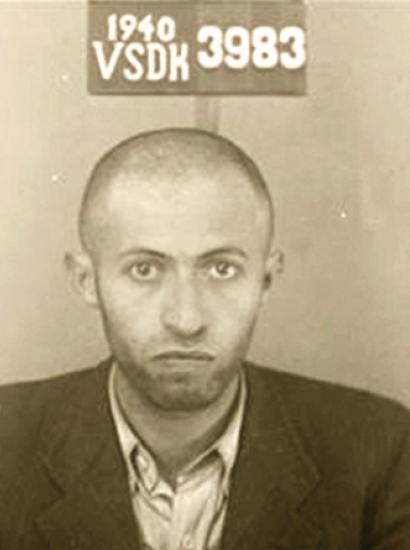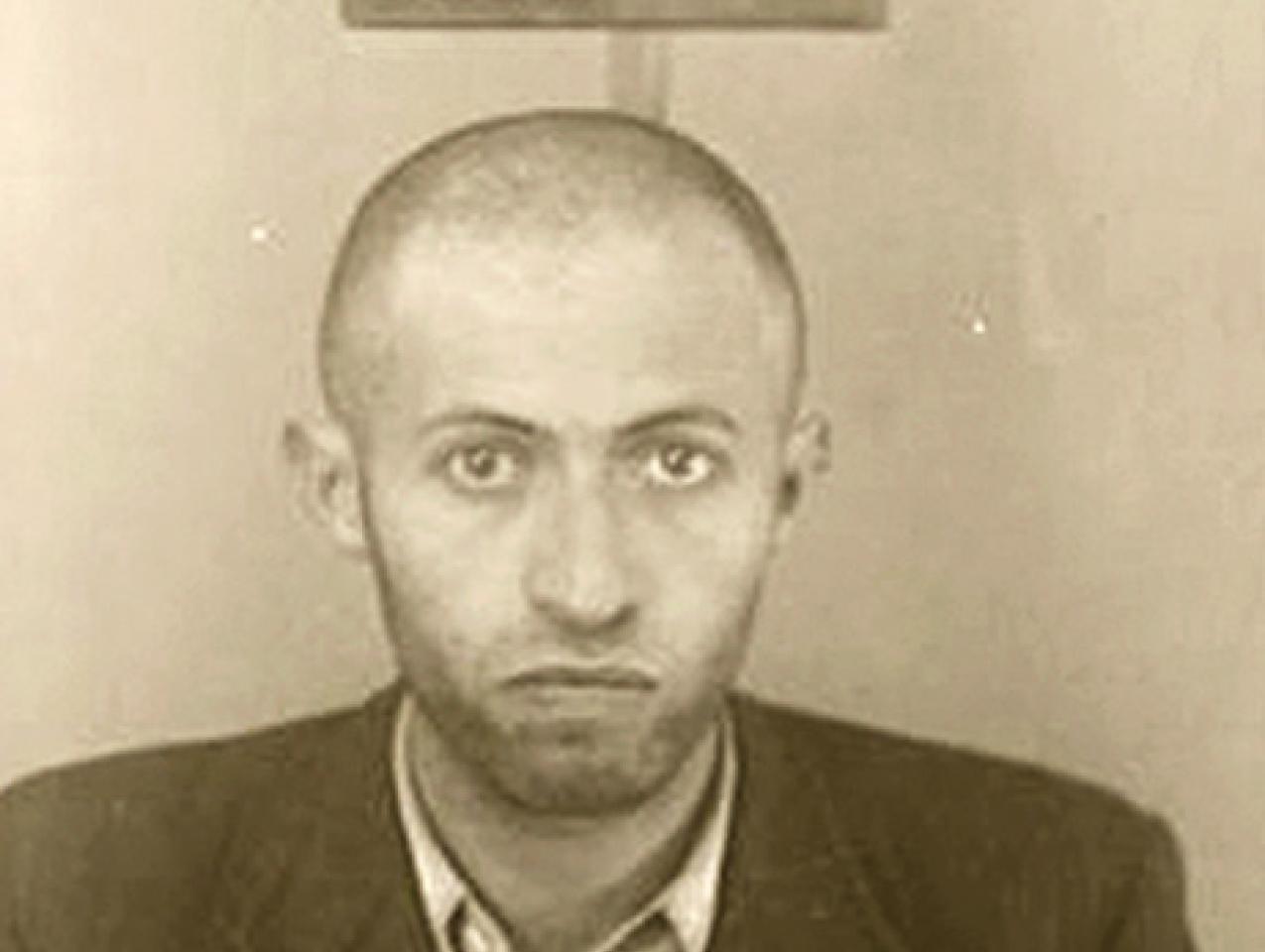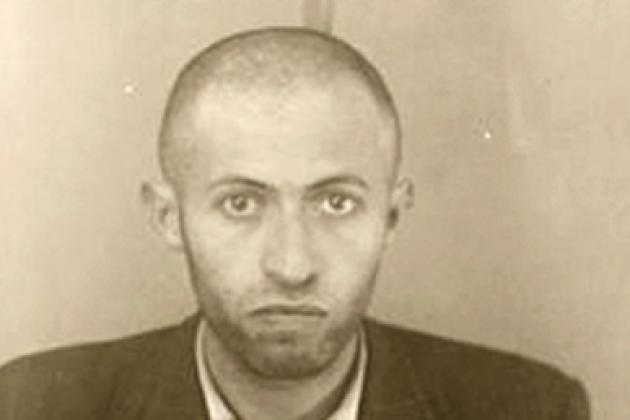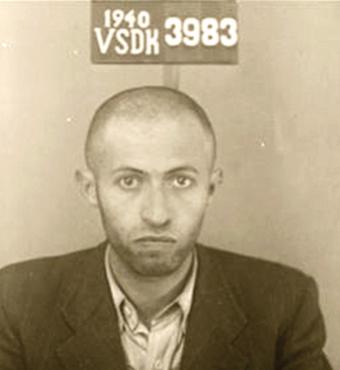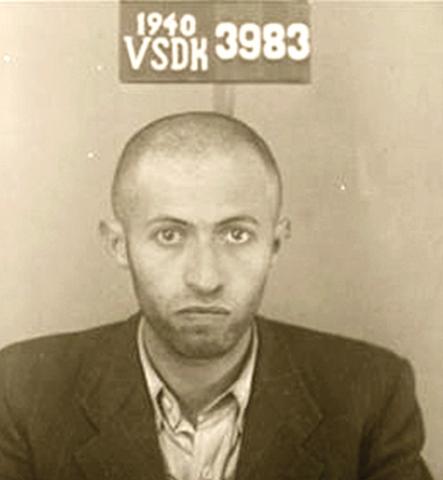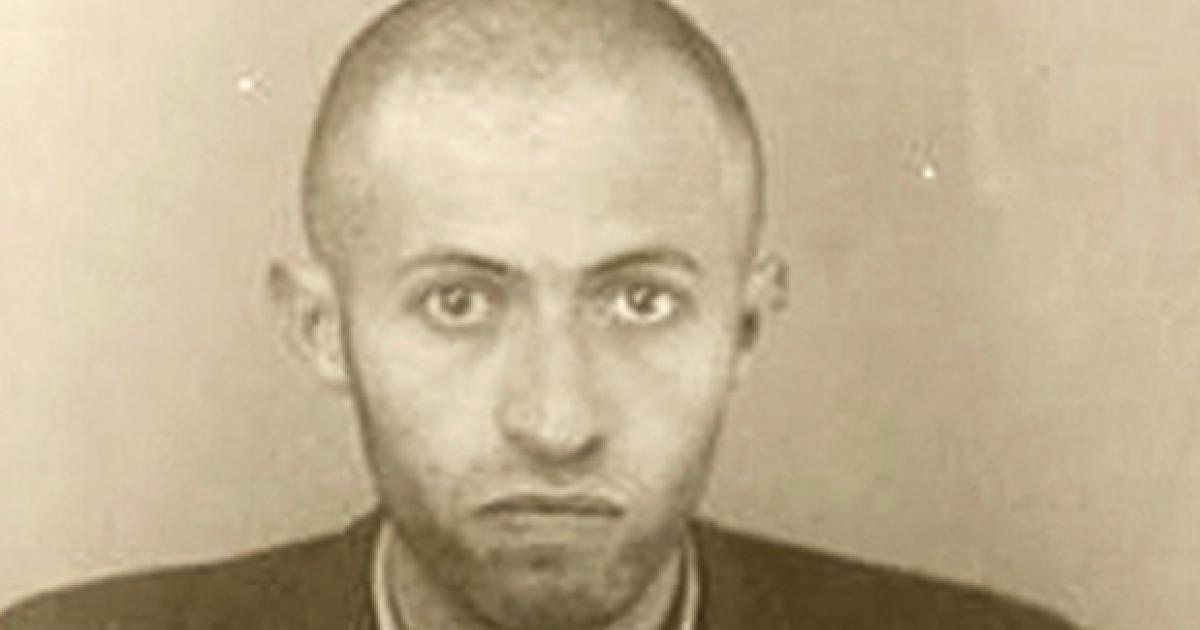- US
- Contemporary
- Military
- World
- International Affairs
- US Foreign Policy
- History
When Soviet tanks, ATVs, and personnel carriers rolled out of Lithuania and the rest of the Baltic states in the early 1990s, they took with them not only munitions, equipment, and the military but also the key to fifty-plus years of accumulated security intelligence.
The KGB (and the security agencies that preceded it), the Communist Party of the Soviet Union (CPSU), and the Red Army were the three pillars supporting the Soviet totalitarian state. From the Soviet occupation of 1939 until independence in 1991, the KGB—and its predecessor, the NKVD—was a fundamental feature of Soviet Lithuania. It combined the functions of a security agency, secret police, and an intelligence agency, ensuring Moscow’s full control over the occupied country for nearly five decades.
When that control began to crumble in the late 1980s during the years of Mikhail Gorbachev’s glasnost and perestroika, and amid a patriotic and nationalistic revival in Lithuania, the KGB began to conceal and destroy some of the most damning evidence of its activities and crimes. Special units either destroyed on the spot or removed to KGB archives in Russia many thousands of files. The KGB was planning to move or destroy everything, but the collapse of the Soviet Union in 1991 and the ascension of Boris Yeltsin to power in Russia prevented the agency from carrying out its plan. The departing Russians did, however, manage to remove most of the finding aids (detailed descriptions of documents) and inventories for these files, thereby greatly inhibiting access to these papers.
After Moscow’s grip was released, the newly formed Lithuanian government immediately seized what the Soviets had left behind, declaring it government property.
“The Lithuanian KGB archives are a dream come true for students of the Soviet Union and the Baltic states in particular,” one historian says.
Fast forward to 2008: culminating a series of negotiations, the Hoover Institution and the Lithuanian Archives Department signed an agreement under which Hoover would acquire microfilm of the Soviet Lithuanian KGB files. Beginning in 1989, when international conditions changed dramatically, the Hoover Archives has expanded its efforts to preserve historical records and make them accessible to researchers. Microfilming and digitization projects in Russia, Taiwan, Iraq, and now Lithuania supplement the primary source material available in the Hoover Archives.
Since 1991, the Lithuanian Archives Department and its dedicated staff have been meticulously reconstructing the finding aids and inventories destroyed by the Soviets. They have found the KGB files to be a font of source material for the study of the organization and functioning of the Soviet security apparatus. Moreover, Lithuanian law regarding state security and privacy issues is not very restrictive, and, as a result, some 95 percent of the KGB materials are open to historical research. The documentation is virtually all in Russian, a language readily understood by scholars specializing in Soviet and East European history and politics, and Hoover has assumed the responsibility of translating the reconstructed finding aids from Lithuanian to Russian. Scholars now have a gold mine of material for examining and studying five decades of Lithuanian history.
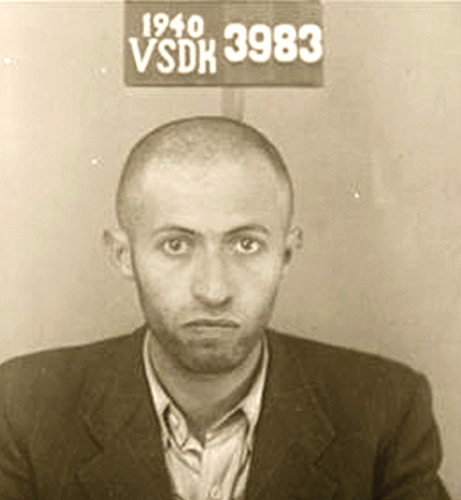
When the Germans and the Soviets attacked Poland in September 1939, a 26-year-old Warsaw lawyer, the head of the Betar, the Zionist youth movement in Poland, escaped to Vilnius. He was not safe there. After the final Soviet incorporation of Lithuania in the summer of 1940, he was arrested along with thousands of the city’s Polish and Jewish inhabitants. Interrogated for several months, he was sentenced to eight years in a “correctional labor camp” for his “counterrevolutionary” activities. Under the infamous Article 58 of the Soviet Criminal Code, which applied to all real or perceived opponents of the Soviet Union throughout the world, he was thus sentenced for his activities as a Polish citizen in sovereign prewar Poland. Unit (Opis) 58 of the Vilnius KGB Archives holds nearly 100,000 individual interrogation files. One of them is that of Menachem Begin, the lawyer, pictured here in his secret-police mug shot. The contents of the Begin file are now available in the Hoover Archives. The documents add much color and detail to the late Israeli prime minister’s own memoirs of imprisonment by the Soviets, White Nights: The Story of a Prisoner in Russia. Begin spent only a few months, not eight years, in the Gulag. He was released in the fall of 1941 as part of the Soviet declaration of “amnesty” for all Polish citizens after the German attack on the USSR. Begin enlisted in the Anders Army of Polish exiles, which was being formed in the Soviet Union, and with it he made his way to Palestine. There, along with hundreds of fellow Jews and with the tacit support of commander Władysław Anders, Corporal Begin left Polish ranks and joined the underground Zionist military organization, the Irgun, to prepare for the struggle for an independent Israel.
—Maciej Siekierski and Richard Sousa
Although it may never be known what was destroyed (most likely many of the most sensitive operational records and files on intelligence agents), what remains in Lithuania constitutes the largest repository of KGB records open to scholars anywhere in the territory of the former Soviet Union: more than 1.2 million files that consume two miles of shelving. Over the next few years, microfilm of a large portion of it will come to Hoover.
In the late 1980s, the KGB began concealing and destroying some of the most damning evidence of its activities—and crimes.
Contained in the files:
- Administrative working plans and accounts of counterintelligence activities from 1941 to 1955.
- Intelligence gathered to combat individual and collective “political deviation,” anti-Soviet guerrillas, foreign intelligence, and radio broadcasts.
- Work plans and reports of the secretariat of the Lithuanian KGB and communications with KGB headquarters in Moscow.
- Material from KGB municipal departments including documentation of activities in urban areas, principally Vilnius and Kaunas.
- Extensive documentation on the anti-Soviet opposition during and immediately after World War II and the armed Lithuanian and Polish resistance.
As Hoover began to receive these materials (well over half a million pages by late 2009), its already extensive documentary holdings on the history of the CPSU and of the Soviet gulag ballooned. The accumulated collections offer a unique insight into the establishment and operation of the Soviet security organs in a key Soviet republic that was both a frontier region and a bridge to the West. In the words of historian Amir Weiner, who has sampled the Vilnius KGB archives: “The Lithuanian KGB archives are a dream come true for students of the Soviet Union and the Baltic states in particular, but also for scholars of totalitarian regimes, political organizations, and counterintelligence operations in general.”








